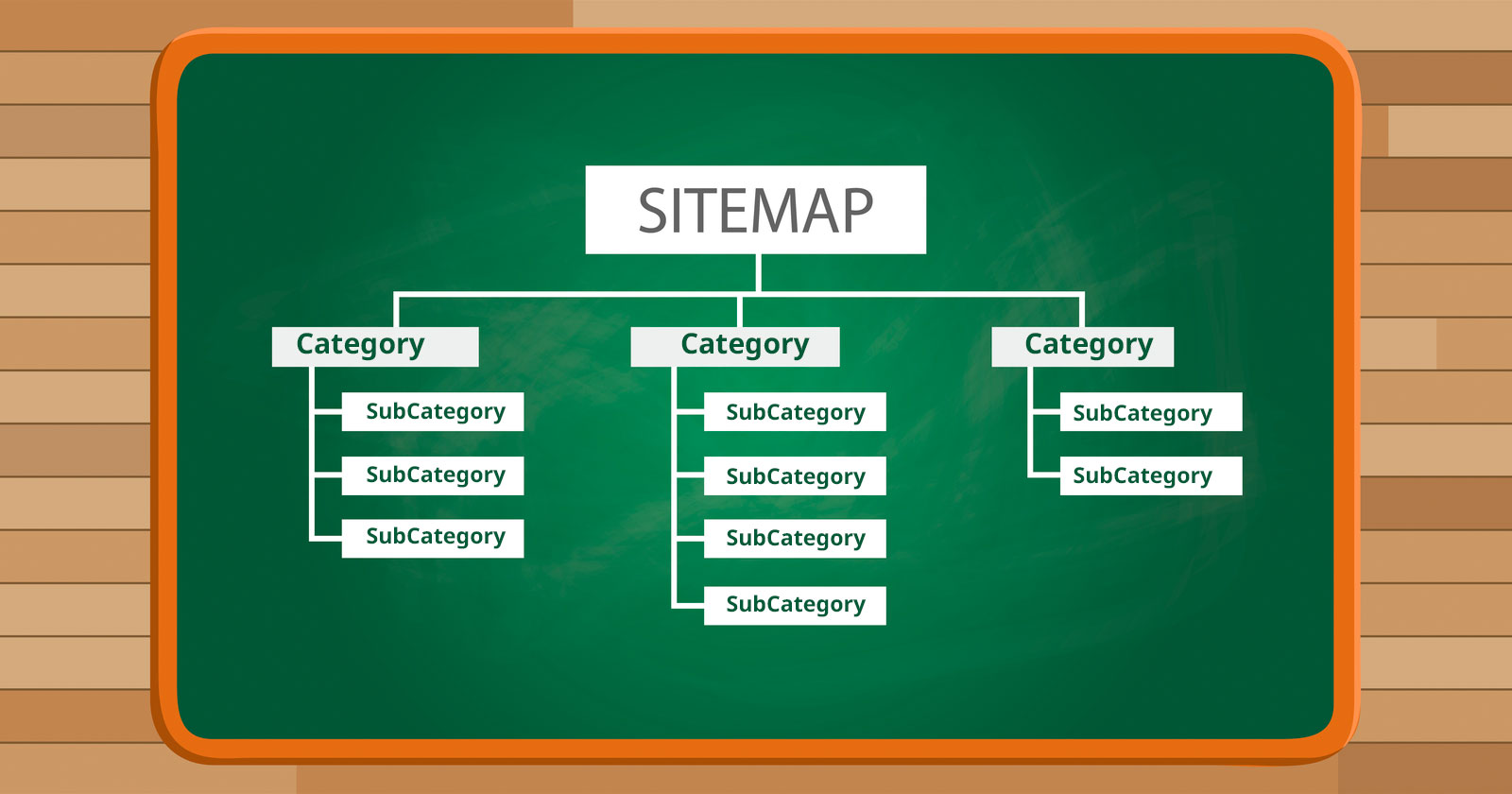
Sitemap for ecommerce websites, the sitemap of an e-commerce website is an essential component of its overall SEO strategy. The URLs of a website are included in a sitemap file, which makes it simpler for search engines to crawl and index the website. A Sitemap for ecommerce websites can significantly increase a website’s exposure and traffic by being well-structured and ordered.

What is a sitemap?
Search engines use sitemaps, which are lists of a website’s URLs, to crawl and index the website. It gives a clear and thorough overview of all the website’s pages, sections, and sub-parts and is essentially a hierarchical depiction of the website’s structure and organization.
Sitemaps are available in a variety of forms, including XML, HTML, and ROR. XML sitemaps are the most popular and are typically favoured by search engines because they can include extra details like the date a website was last updated, how frequently updates occur, and the importance of the page. Search engines can use this information to determine the importance of a page and how frequently they should crawl it.
Sitemaps can also contain details on any multimedia files, including any photographs and videos, that are present on the website, facilitating search engines’ discovery and indexing of these resources. In order to make sure that search engines are aware of all the versions of a website, sitemaps can also include links to pagination and alternative versions of a page, such as the mobile version or the AMP version.
Is a sitemap necessary for an online store?
A sitemap may be particularly important for e-commerce websites. These websites frequently have a lot of pages, including blog entries, category pages, and product pages. The visibility and search rankings of the website may suffer if there isn’t a sitemap since search engines might have a difficult time identifying and indexing all of these pages.
A sitemap for ecommerce websites can be created and optimized using a number of best practices. First, make sure the sitemap contains a complete listing of all the URLs on the website, including those for blog articles, category pages, and product pages. The URLs should also be arranged logically and hierarchically, with the most significant pages listed first. This can aid in the site’s organization and structure being understood by search engines, which can enhance exposure and rank.
The addition of metadata in sitemaps for e-commerce websites is a crucial component. This provides details like the most recent update date, how frequently changes occur, and the page’s priority. Search engines can use this information to determine the importance of a page and how frequently they should crawl it.
Additionally, it is crucial to submit your sitemap to Google and Bing so that they are aware of your pages and can swiftly index them. Both Bing Webmaster Tools and Google Search Console allow you to publish your sitemap.
As the website changes, it’s crucial to keep the sitemap current. As a result, new pages are added as they are made and outdated ones are deleted as they are deleted. This can help increase exposure and ranks by ensuring that search engines are always aware of the most recent version of the website.
In conclusion, an ecommerce website’s sitemap is an essential component of its overall SEO strategy. It is critical to make sure that the sitemap contains a complete list of the URLs for all of the site’s pages, including product pages, category pages, and blog posts. A website’s visibility and traffic can be significantly increased by submitting your sitemap to Google and Bing and keeping it updated as your website changes.

